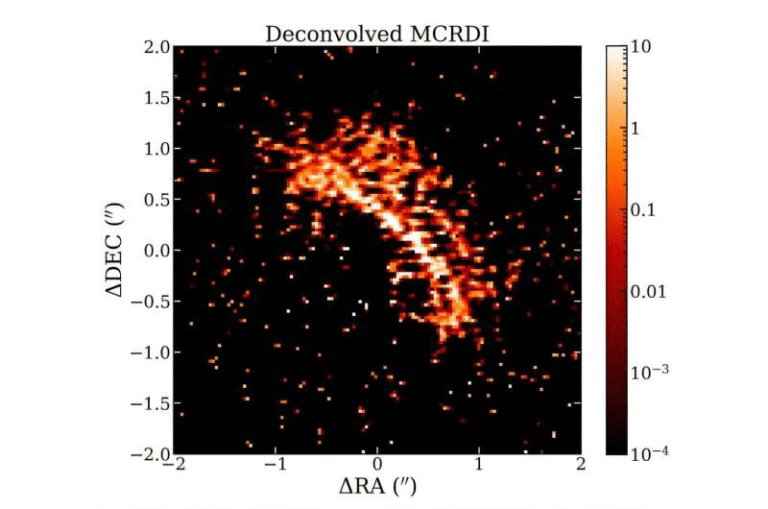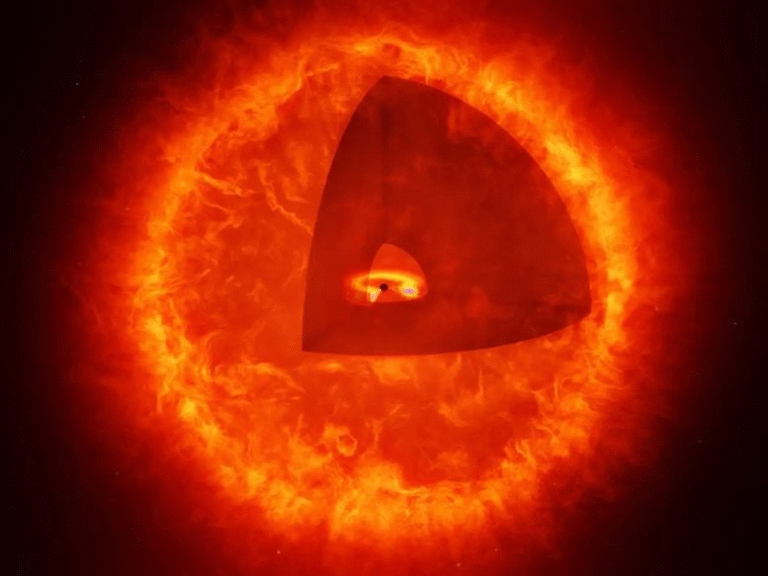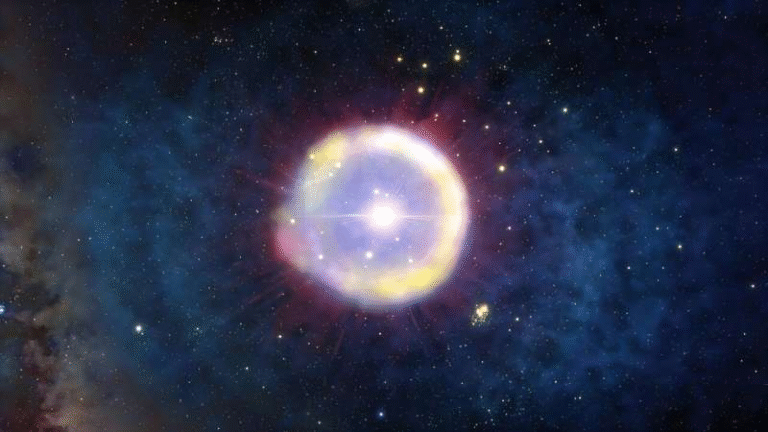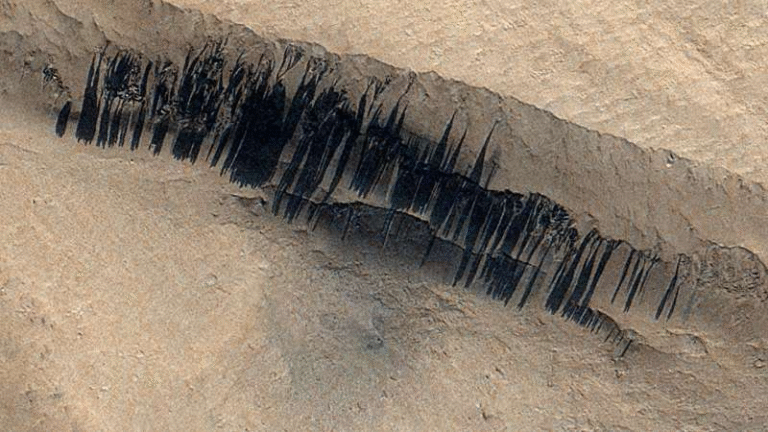Einstein, Hawking, and Kerr Proven Right: The Clearest Black Hole Merger Ever Detected
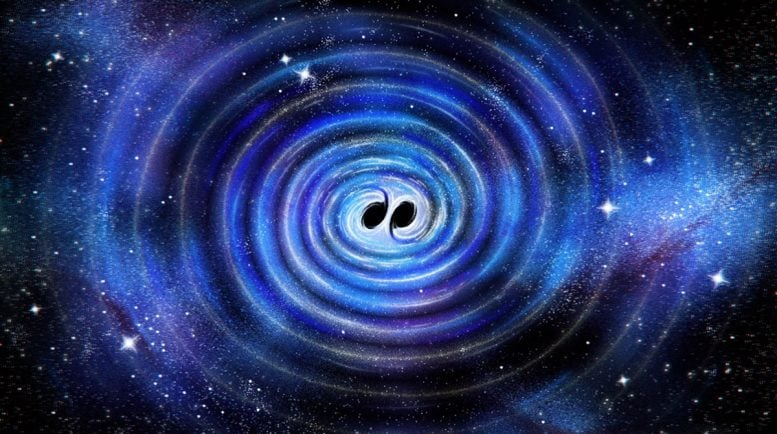
The world of astrophysics just witnessed one of its biggest milestones. A newly observed black hole collision, recorded on January 14, 2025, has confirmed decades-old predictions by Albert Einstein, Stephen Hawking, and Roy Kerr. The event, officially named GW250114, was captured by the LIGO detectors in the United States and later analyzed in collaboration with Virgo in Italy and KAGRA in Japan.
This is not just another gravitational-wave detection. It is the clearest and strongest signal of a black hole merger ever observed, offering unprecedented detail about how black holes behave when they collide. The results not only validate fundamental aspects of general relativity, but also confirm Hawking’s area theorem and Kerr’s description of black holes.
Let’s break down the details, step by step.
What Happened on January 14, 2025
- Event designation: GW250114
- Signal duration: Roughly 230 milliseconds
- Signal strength (SNR): Around 80, making it the highest signal-to-noise ratio ever observed for a black hole merger.
- Location of detection: The Laser Interferometer Gravitational-Wave Observatory (LIGO) detected the event using its twin detectors in Louisiana and Washington. Virgo (Italy) and KAGRA (Japan) also contributed to analysis.
The name GW250114 comes from the date: 2025-01-14.
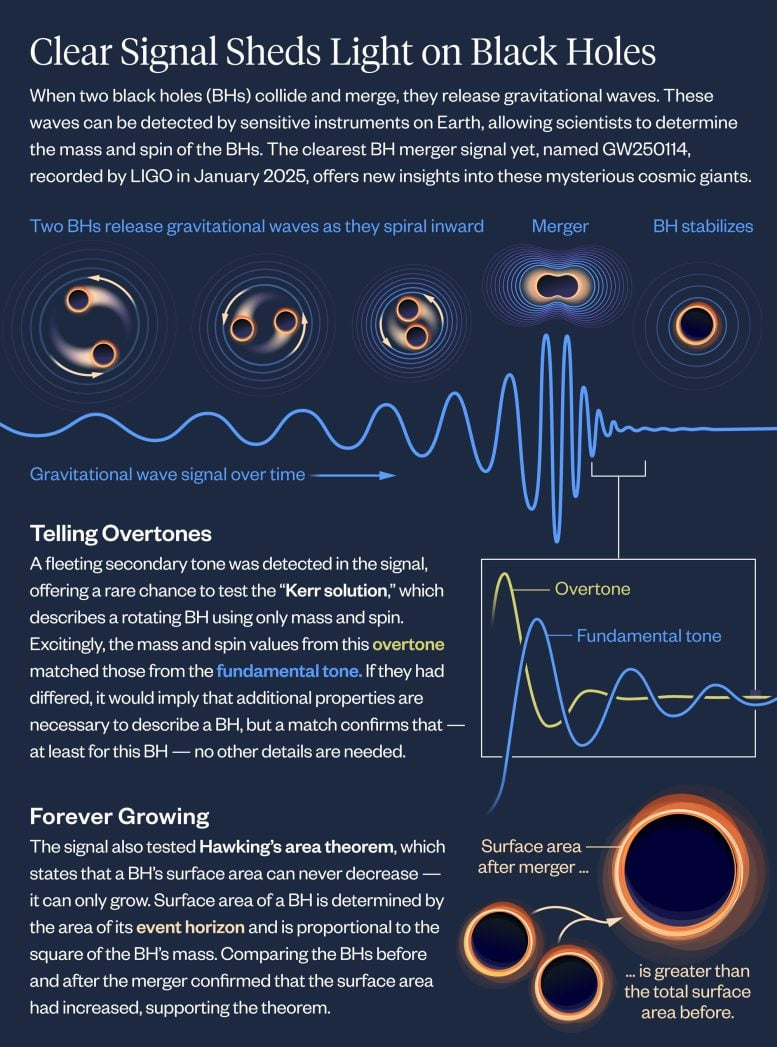
This was a merger of two nearly identical black holes, producing gravitational waves so strong and clear that scientists could study their properties with unmatched precision.
The Black Holes Involved
The two black holes were almost like twins in terms of mass:
- Black hole 1 (m₁): 33.6 solar masses (with uncertainties of +1.2 and -0.8)
- Black hole 2 (m₂): 32.2 solar masses (with uncertainties of +0.8 and -1.3)
Their spins were relatively low, constrained to be ≤ 0.26 at the 90% confidence level. That means they were not rotating anywhere near the maximum speed possible for a black hole.
The orbital eccentricity — essentially how circular or oval their orbit was — was measured as ≤ 0.03. In other words, the orbit was practically circular before they collided.
When the two black holes finally merged, they formed a single remnant black hole.
The Remnant Black Hole
The final black hole had some remarkable characteristics:
- Mass: Equivalent to about 63 suns
- Spin: Roughly 100 revolutions per second
Scientists studied the ringdown phase, which is when the merged black hole vibrates and emits gravitational waves before settling down. These vibrations, called quasi-normal modes, can be analyzed like the tones of a ringing bell.
For GW250114, researchers clearly detected not just the fundamental mode, but also its first overtone. Both gave consistent results for the mass and spin of the remnant. This consistency shows that the black hole fits perfectly with the Kerr solution of general relativity — meaning it can be fully described by only mass and spin.
Testing Theories: Einstein, Hawking, and Kerr
1. Einstein’s General Relativity
Einstein’s general relativity predicts that black holes can warp spacetime and produce gravitational waves when they merge. The new event confirmed these predictions with unprecedented clarity. The gravitational-wave signal matched general relativity’s forecasts almost perfectly.
2. Kerr’s Solution (The “No-Hair” Theorem)
Back in 1963, physicist Roy Kerr proposed a mathematical description of black holes. According to his solution, all astrophysical black holes can be described using just two properties: mass and spin (charge is negligible for cosmic black holes).
The GW250114 ringdown analysis confirmed that the remnant black hole needed no extra parameters. This is a direct observational confirmation of the “no-hair” theorem — black holes are fundamentally simple.
3. Hawking’s Area Theorem
In the 1970s, Stephen Hawking proposed that the surface area of black hole event horizons can never decrease. In other words, after a merger, the total horizon area must be larger than before.
For GW250114, scientists compared the areas of the two original black holes to the area of the remnant’s event horizon. The result confirmed Hawking’s theorem with extremely high confidence.
This is especially significant because when LIGO detected its first black hole merger in 2015 (GW150914), the data were not strong enough to test Hawking’s theorem directly. Now, ten years later, the proof is finally here.
Distance and Energy Released
- Distance from Earth: About 1.14 billion light-years
- Energy radiated as gravitational waves: Equivalent to converting several suns entirely into energy via E = mc²
The sheer power of this event is staggering. For a brief moment, the energy output in gravitational waves exceeded the combined light energy of all the stars in the observable universe.
Why This Detection Matters
The GW250114 event marks a turning point. Here’s why:
- It is the most precise black hole merger signal ever recorded.
- It gives the strongest observational evidence for Einstein’s general relativity in extreme conditions.
- It confirms Hawking’s area theorem more confidently than ever before.
- It supports the Kerr nature of black holes, proving they are defined by just mass and spin.
- It demonstrates that gravitational-wave astronomy is now moving from “detection” to precision testing of fundamental physics.
Gravitational Waves: A Quick Refresher
Gravitational waves are ripples in spacetime, predicted by Einstein in 1916 and first directly detected in 2015. They are produced when massive objects like black holes or neutron stars accelerate violently, such as during mergers.
The LIGO and Virgo detectors work by using laser interferometry. They measure incredibly tiny changes in distance — smaller than a fraction of a proton’s width — as passing gravitational waves stretch and compress spacetime.
KAGRA in Japan adds another observatory to the network, improving localization and verification.
Ringdown and Black Hole Spectroscopy
One of the most exciting aspects of GW250114 is that it provided a clean ringdown signal. The ringdown is essentially the “sound” of a black hole settling after merger.
By analyzing different tones (or modes), scientists can do black hole spectroscopy. Just like studying the spectrum of light tells us about atoms, studying black hole tones tells us about their mass, spin, and nature.
The detection of both the fundamental mode and its overtone in GW250114 allowed for the first unambiguous spectroscopic test of a black hole in a single event.
Implications for Physics
- Thermodynamics and entropy: The confirmation of Hawking’s area law connects black hole horizons to the second law of thermodynamics. Just as entropy never decreases in isolated systems, black hole horizon area also never decreases. This hints at a deep link between gravity, thermodynamics, and quantum mechanics.
- Quantum gravity: Black holes sit at the boundary between general relativity and quantum physics. Precise measurements of their mergers could guide future theories of quantum gravity, which aim to unify these two pillars of physics.
- Future detectors: Upcoming upgrades will make detectors 10 times more sensitive. That means not only more detections but also the possibility of observing subtle deviations from general relativity — if they exist.
Looking Back and Ahead
- First detection (2015): LIGO made history with GW150914, confirming the existence of gravitational waves.
- Now (2025): GW250114 provides the clearest look yet, letting scientists test Einstein’s and Hawking’s theories with unmatched precision.
- Future (2030s): Detectors like the Einstein Telescope in Europe and Cosmic Explorer in the U.S. aim to push sensitivity even further, opening the door to thousands of high-precision black hole merger observations.
Why This Excites Scientists and the Public
For decades, black holes were theoretical playgrounds. Now we are listening to them directly through gravitational waves. Each detection tells us not just about the objects themselves, but about the fundamental nature of reality.
Black holes were once thought to be beyond observation. Today, they are the best laboratories for testing physics at its extremes.
Final Thoughts
The GW250114 event confirms what Einstein, Hawking, and Kerr predicted long ago. Black holes are indeed the simple, elegant objects described by general relativity, and their event horizons grow as Hawking theorized.
But this is only the beginning. With sharper instruments and more events to come, gravitational-wave astronomy is set to revolutionize our understanding of the universe.
